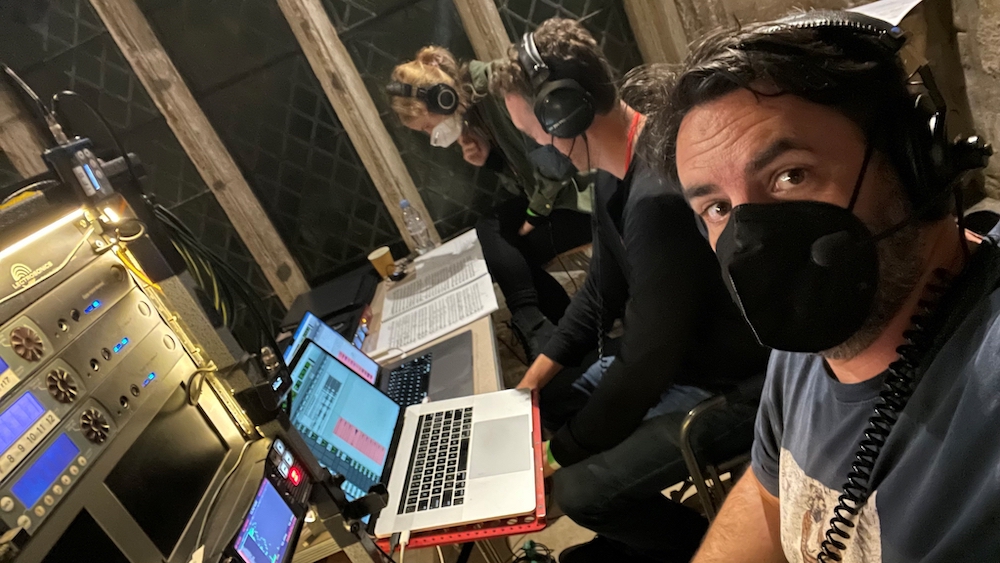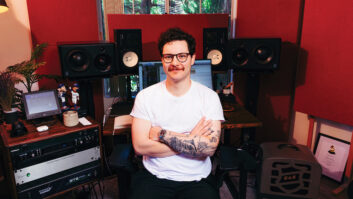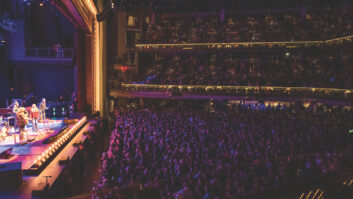
Los Angeles, CA (February 27, 2024)—Steve Morrow, Oscar-nominated this year for Maestro in the Best Sound category, used an array of Lectrosonics gear to capture the film’s dense dialogue and music.
Morrow, whose credits also include La La Land, A Star Is Born and Ford v. Ferrari, had two equally challenging types of sources to capture as mixing lead on Maestro. First, a large cast dishing overlapping, rapid-fire dialogue; second, orchestral and choral music recorded in real-time on set. A long-time Lectrosonics user, Morrow employed SSM transmitters and Venue2 modular receiver racks for actors, HMa plug-on transmitters for booms, and LT transmitters paired with a DSQD digital receiver for communications. Wireless Designer software was employed for frequency coordination.
Now streaming on Netflix, Maestro, from director and lead actor Bradley Cooper, has already earned nominations for seven Academy Awards, seven BAFTA awards and two Screen Actors Guild awards—and won an American Film Institute award.
Cooper praises Morrow in a clip viewable on Maestro’s Facebook page, writing, “I love overlapping dialogue. Steve Morrow, the sound mixer, has a way of miking everybody and mixing it in the moment.”
‘Mix Presents Sound for Film: Awards Season’ Highlights ‘Maestro’ Audio Team
Often, a great many actors are talking at once, such as in a pivotal party scene (beginning at 47:40) where the camera moves through various parties’ conversations. “For those kinds of scenes, we had 18 to 20 channels going including the SSMs on the actors, a couple of booms overhead, and some plant mics,” explains Morrow. “Then in post-production, the mixers spaced those out across surround channels, so watching the film, you feel like you’re in the middle of the party as opposed to all the dialogue having that center-channel feel. It’s a very Robert Altman-esque style, but I’d say now the difference is that the technology has caught up with the idea that it can be narratively powerful to have, say, 20 people talking at once. Thanks in part to Lectro’s performance, the feedback from post was that the tracks were perfect.”
Maestro is as densely filled with music as it is with dialogue, culminating in a recreation of Bernstein conducting Mahler’s Resurrection Symphony at Ely Cathedral in 1973. “The London Symphony Orchestra brought in their recording team called Classic Sound. For our part, we brought a quadrophonic mic and a surround mic. As to wireless, we had an SSM on Bradley, an SSM on each of the main opera singers, a boom, and a pair of [HMa] plug-ons for a mid-side stereo mic that tracked with the camera. We recorded all the music performances live—the one with the choir, the one towards the end where he’s teaching students, all of it.”







